If you liked 2022’s polarizing “Bones and All”, try the underrated, romantic monster movie from 2019, “After Midnight”.
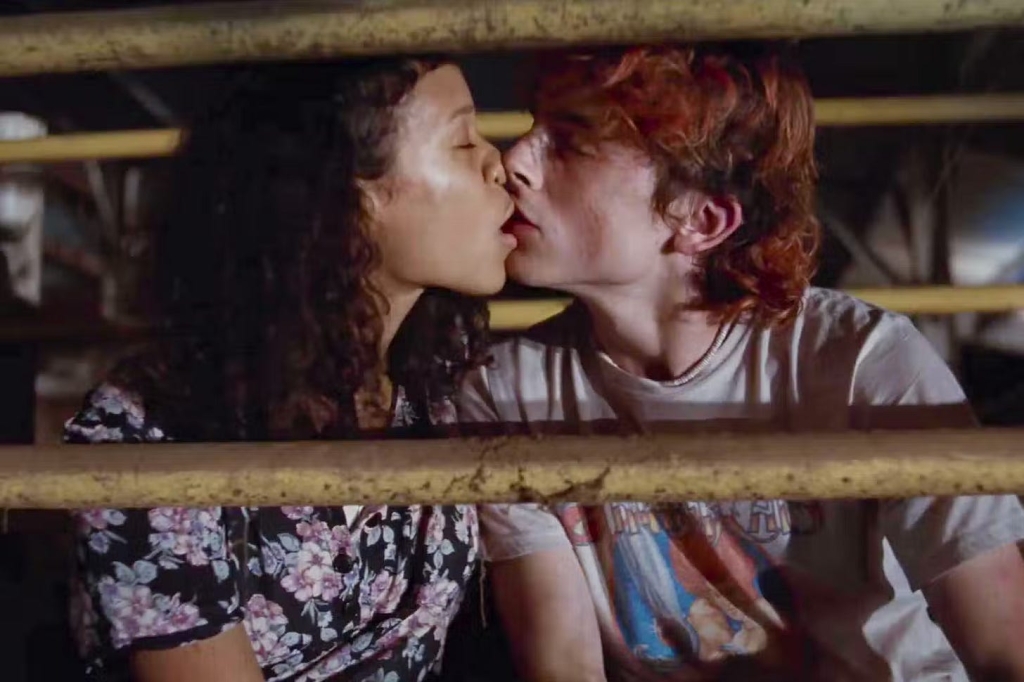
The year 2022 was a watermark year for horror films, perhaps the best year in horror since 1999 (which brought us, among others, The Sixth Sense, Audition, The Blair Witch Project, and Stir of Echoes). Before that, was it 1982 (with Friday the 13th Part III, Pieces, The Thing, and Poltergeist) that delivered the best genre fare? Or what about 1981, with The Shining, Fade to Black, The Changeling, and The Fog (among many others)?
This debate is best left for another time.
Instead, let’s return to the topic at hand: the divisive Bones and All from Luca Guadagnino, the man behind the 2018 remake of Suspiria.
Some heralded the film as a painful and moving portrait of two young people finding each other and bonding over trauma, loneliness, and an unusual condition that made them outcasts. Others viewed the film as a simple love story, dressed up with the tenets of horror, but a romance nonetheless.
Still, others dismissed the picture as a disconnected collection of scenes starring two characters with which the audience has nothing in common. Some wouldn’t even give enough breath to the film to call it trash.
The movie – appearing on as many Best Of lists as Worst Of lists for the year – can’t be ignored for doing what a number of horror films have attempted to do, which was to blend heartbreaking romance with ruinous horror.
Perhaps that combination is precisely what seduces some and sickens others.
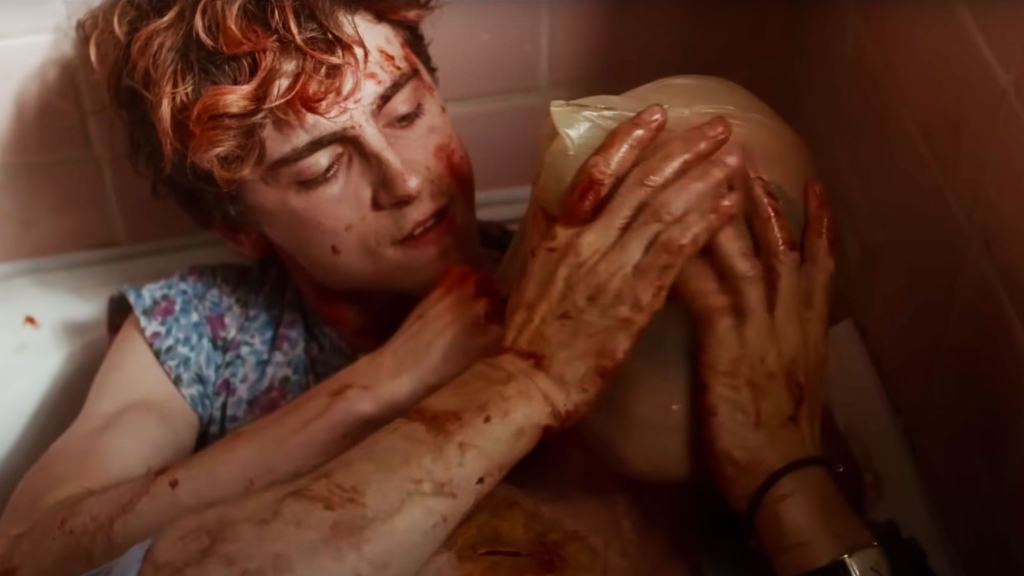
So, for perhaps one of the more challenging installments of “Like That, Try This”, readers are asked to consider the following:
- Did you love BONES AND ALL? If the answer is yes, seek out this recommended film. It’s cut from similar cloth and even more similar heartstrings.
- Did you hate BONES AND ALL? Seek out AFTER MIDNIGHT anyway. The production’s quiet beauty might convince haters of Guadagnino’s film of what the director was trying to do with his vision. Perhaps viewers will then return to BONES AND ALL and recognize it for the bloody, messy love story that it is.
Whatever your response to the above, perhaps we can all finally determine the romantic role an apparent monster can play in one’s life.
TRY AFTER MIDNIGHT (2019)

After Midnight – directed by Jeremy Gardner and Christian Stella – tells the non-linear love story of Hank (Gardner) and Abby (Brea Grant), who have lived happily together in a secluded rural home, engulfed by the woods that surround the house, wrapped in each other’s arms. Without warning, after ten years together, Hank awakens one morning to find Abby gone, with only a parting note in her place.
But Abby’s disappearance is suddenly furthest from his mind when a mysterious monster appears to haunt the surrounding property of the home, threatening to bring the house down.
As Hank loses his mind more and more to loneliness and paranoia, his physical life may also be in danger from the unrelenting creature that means to end his misery, whether he wants it to or not.
Once more, Gardner proves himself no stranger to mingling the brutal truths of the human condition with specific garments of horror, and the audience watches that cohabitation as the film illustrates scenes of Hank and Abby’s life together, as well as scenes of what life is eerily like without her.
In 2012, that methodical and creative marriage of pathos and the petrifying came in the guise of Gardner’s indie film The Battery, a dramedic horror film about two friends surviving a zombie apocalypse. Think Night of the Living Dead meets Jay & Silent Bob Strike Back, and you’re off to a generous start. There, Gardner’s performance rose to the task of playing a frequently hilarious, verbose glass-is-always-half-full survivor fighting to both avoid zombies and find time to play a relaxing game of baseball with his BFF.
In After Midnight, though, Gardner also demonstrates that there’s some poignancy to his talent.
While his performance in The Battery required buddy-cop charm, his work in After Midnight required the talent possessed by a man who could play both the emotionally dejected and the psychologically terrified.
Gardner toes the line of that particular tennis match with seemingly incredible ease, tasked as he is with starring in what is essentially a one-man show for the majority of the film.
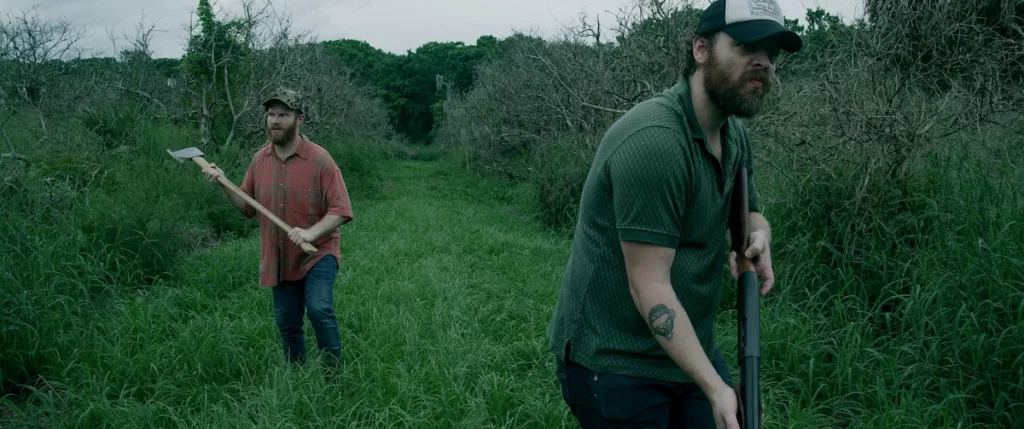
But here, the marriage of humanity and horror is a bit more conflicted as well, devoid of quite a few more laughs than The Battery, though the film’s third act cuts the viewer’s heart deep.
For one thing, the mystery of Abby’s abandonment is one hardship with which Hank and the onlooking audience will contend, but the mystery of the monster that apparently stalks the perimeter of the house is another enigma altogether.
Coincidentally, horror has consistently proven itself effective – even transgressive – in its ability to confront very real, everyday concerns peppered with horror tropes, and After Midnight seems to exploit the viewer’s expectation in that regard.
The filmmakers don’t have a difficult time convincing the viewer that the monster might be an unconscious construct of either Hank’s guilt in running Abby out of the house or the loneliness that Hank has never felt over the course of the past decade. And for the most part – and for the better part of the movie, for that matter – it doesn’t matter to the audience whether or not Hank is genuinely in danger of being killed by a primordial monster, any more than it’s vital that Guadagnino’s protagonists are flesh-eating monsters (for lack of a better word).
What drives both films is the emotions felt by their characters and felt empathetically by the audience.
The monstrous makeup of either film is as inconsequential as the romance of del Toro’s The Shape of Water (2017) or the independent film Spring (2014).
Indeed, that the filmmakers elected to tell their stories against such fantastic backdrops suggests that del Toro’s gill man (Doug Jones) is significant as a foil to the more monstrous colonel (Michael Shannon) who nightly tortures him, just as the spirited young lovers of Benson and Moorhead’s indie film in Italy are important. That one is a human being (Lou Taylor Pucci) haunted by death, and the other is a shape-shifting, Lovecraftian creature (Nadia Hilker) incapable of dying is also important.
Hopefully, the audience of After Midnight will also fully understand the need for Hank’s monster – whether allegorical or altogether real – to tell the story of a man at odds with his own vulnerability: first due to Abby’s absence and then in the proverbial jaws of a monster.
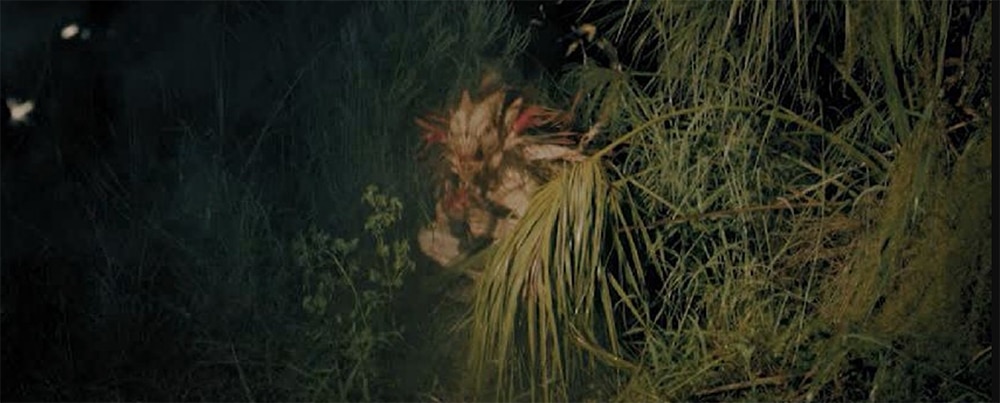
Hank is a vulnerable man who will reckon with it when he acknowledges his own fear and weakness.
Just as Bones and All used the horrifying and implausible to demonstrate a message of humanity that is entirely possible, After Midnight does the same for those who might prefer a story of love wrapped in slippery sinew instead of saccharine love songs.
Here, the monster may take its time in arriving, but even its tardiness has meaning in the film.
It should not be surprising, then, when Abby tells Hank, “I don’t think your monster is coming,” at the very moment that it seems Hank will never respond to her heartbreaking pleas for a genuine life with him.
Because no time – even after midnight, the audience will find – is ever too late.
After Midnight is available to stream now on Shudder and Hulu.


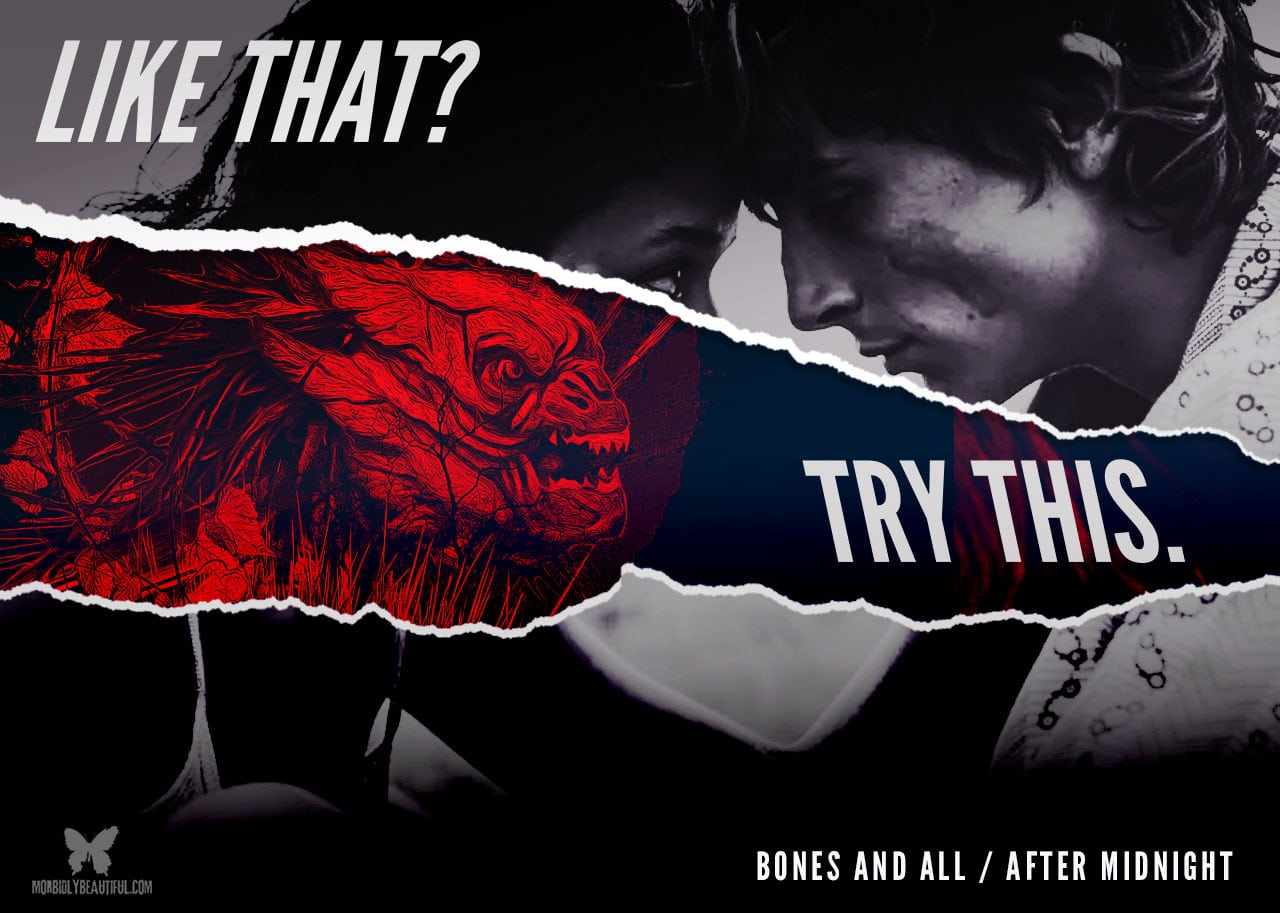

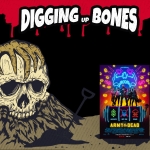
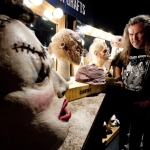
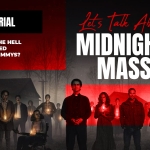





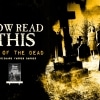

Follow Us!